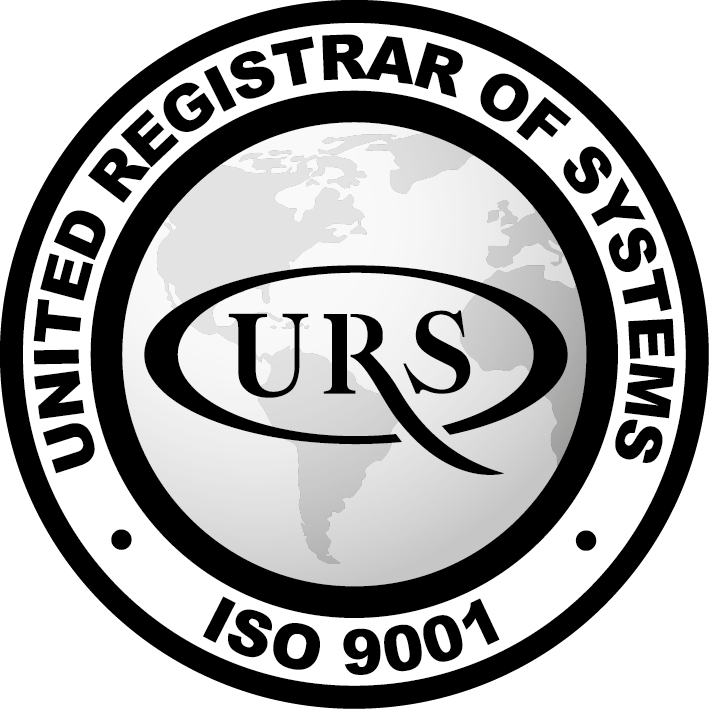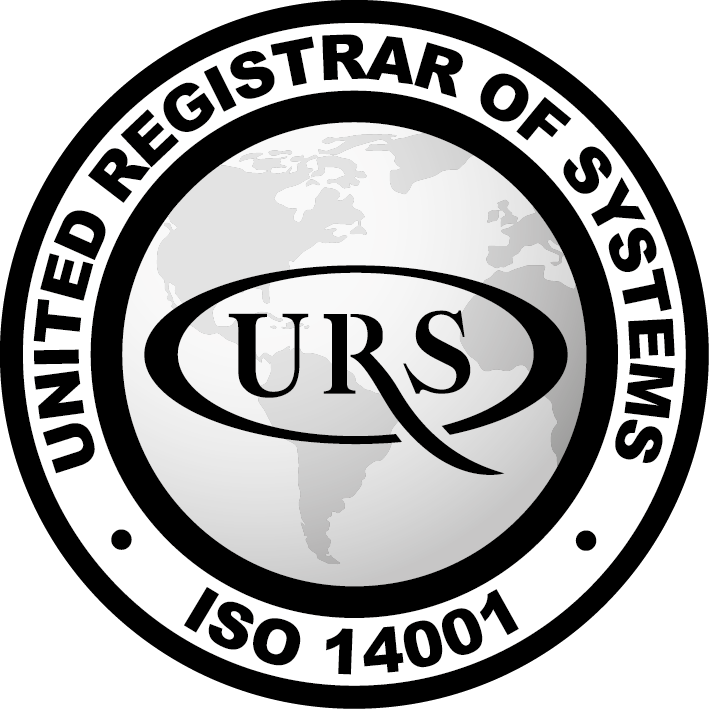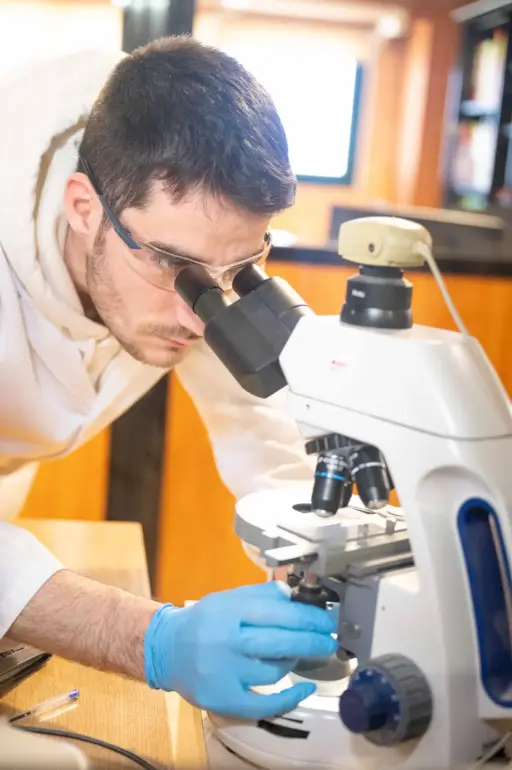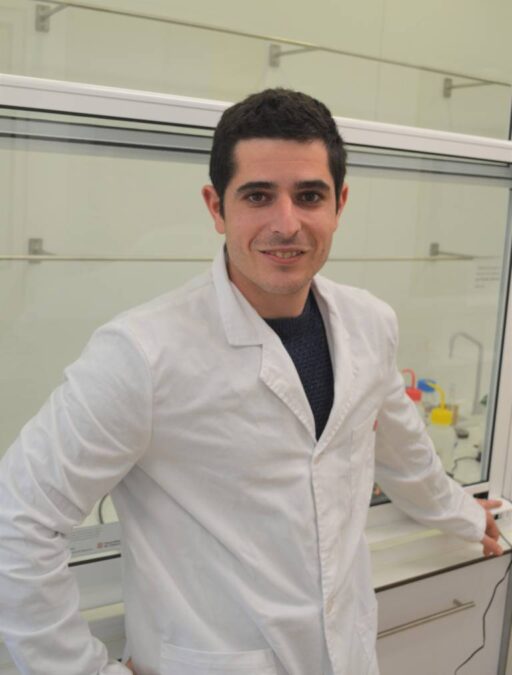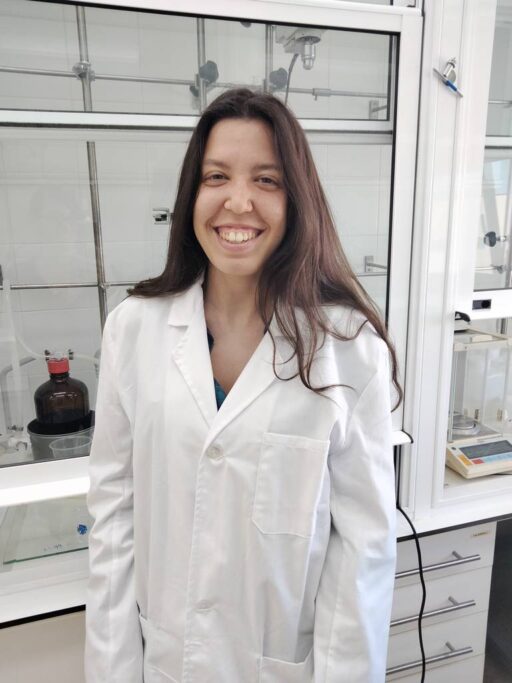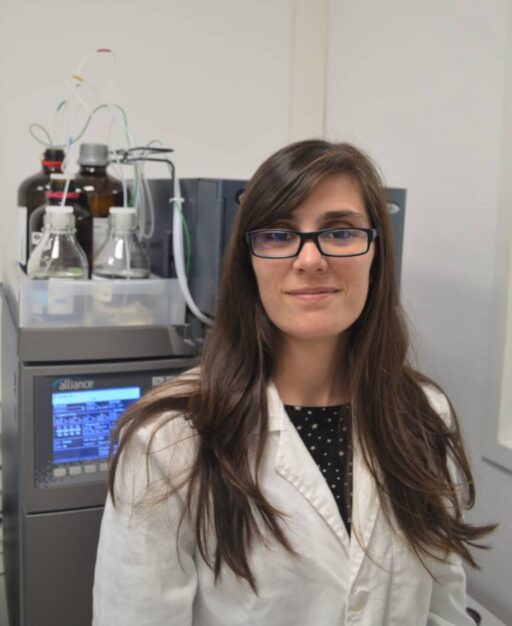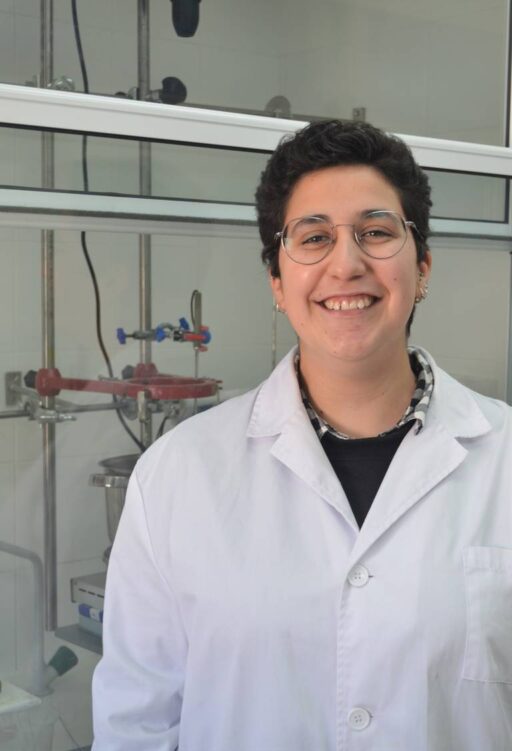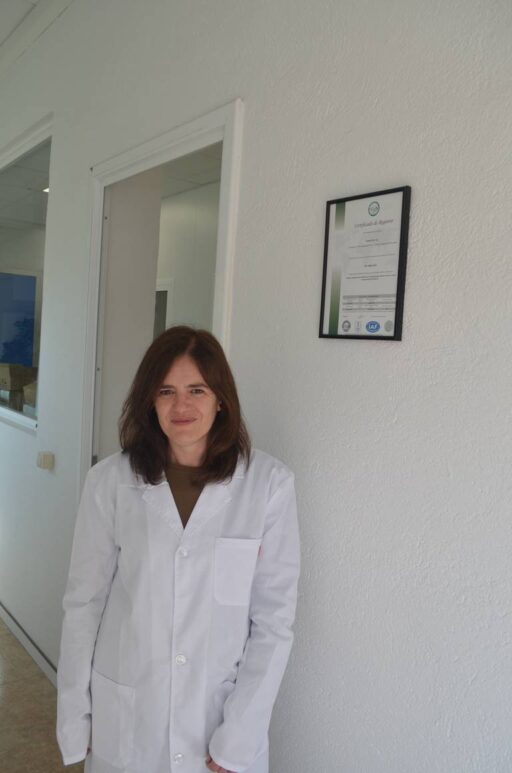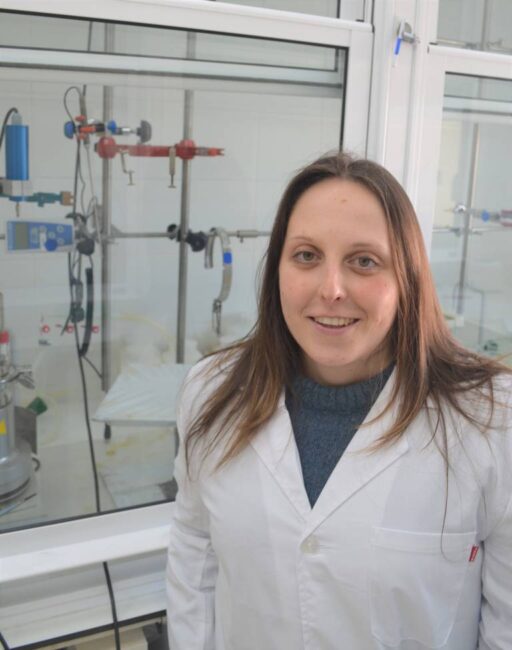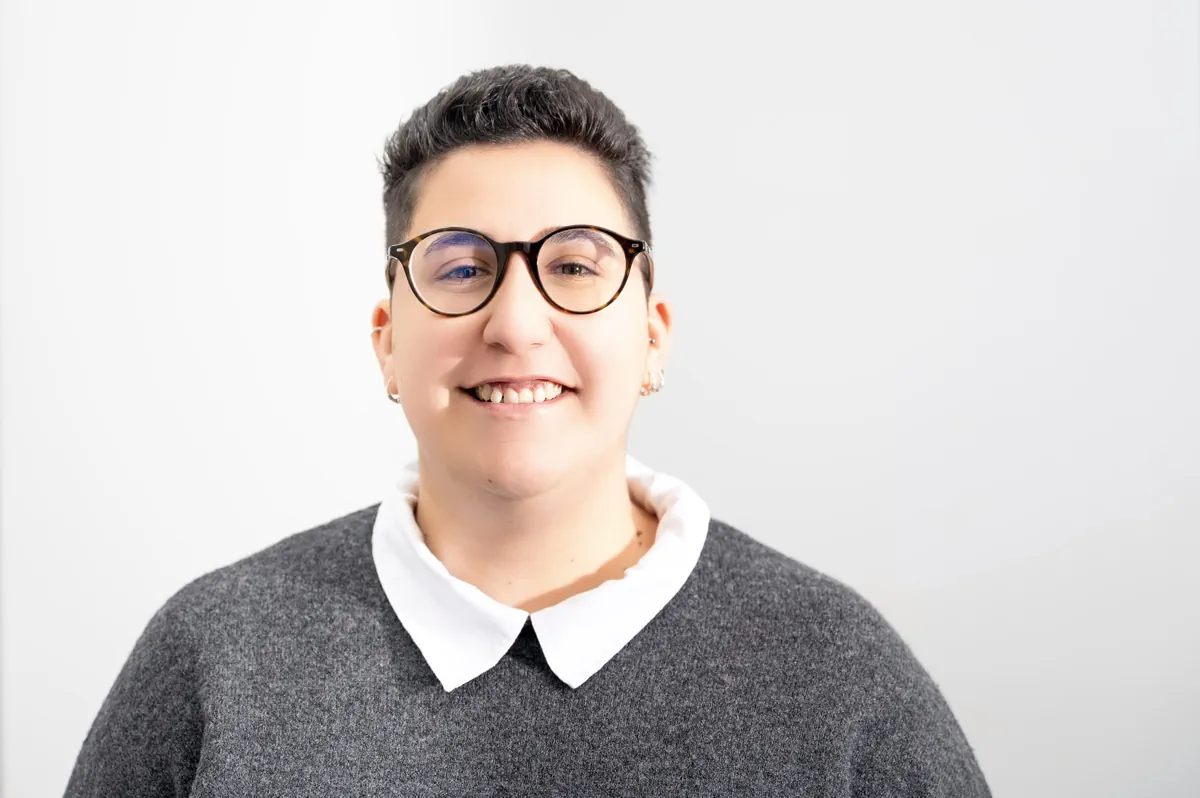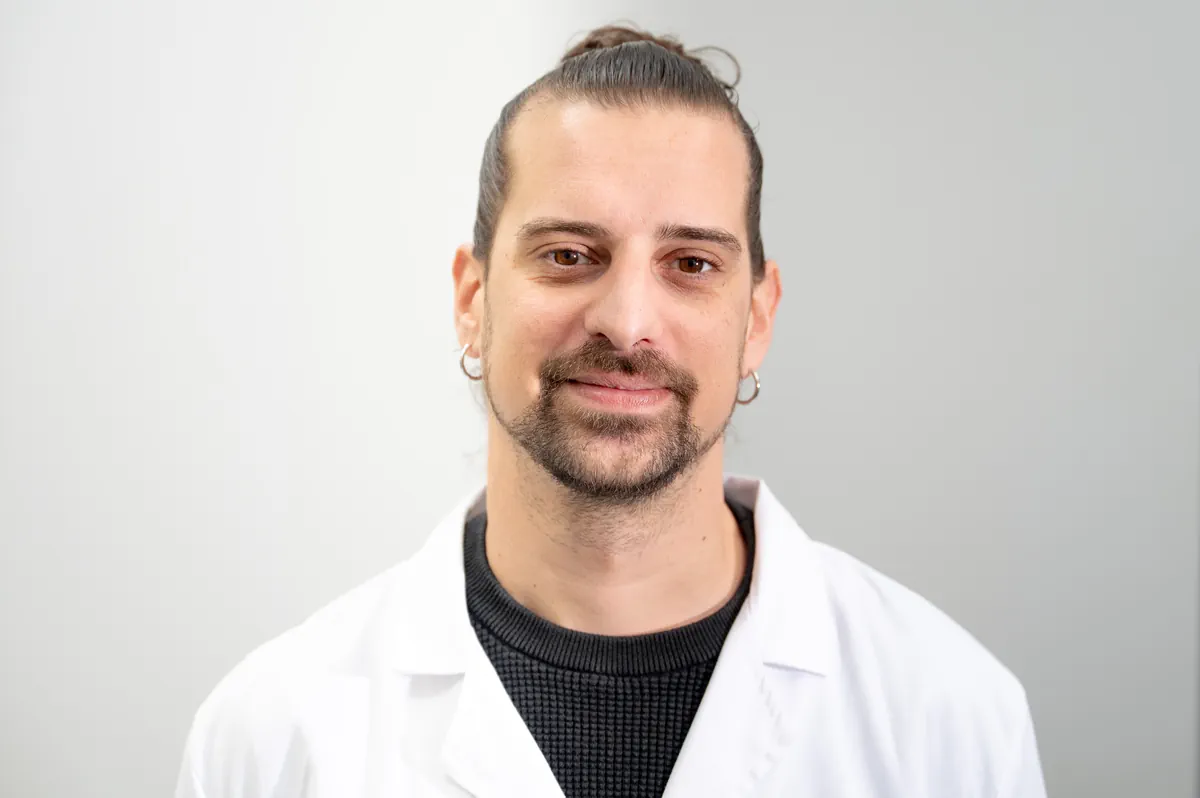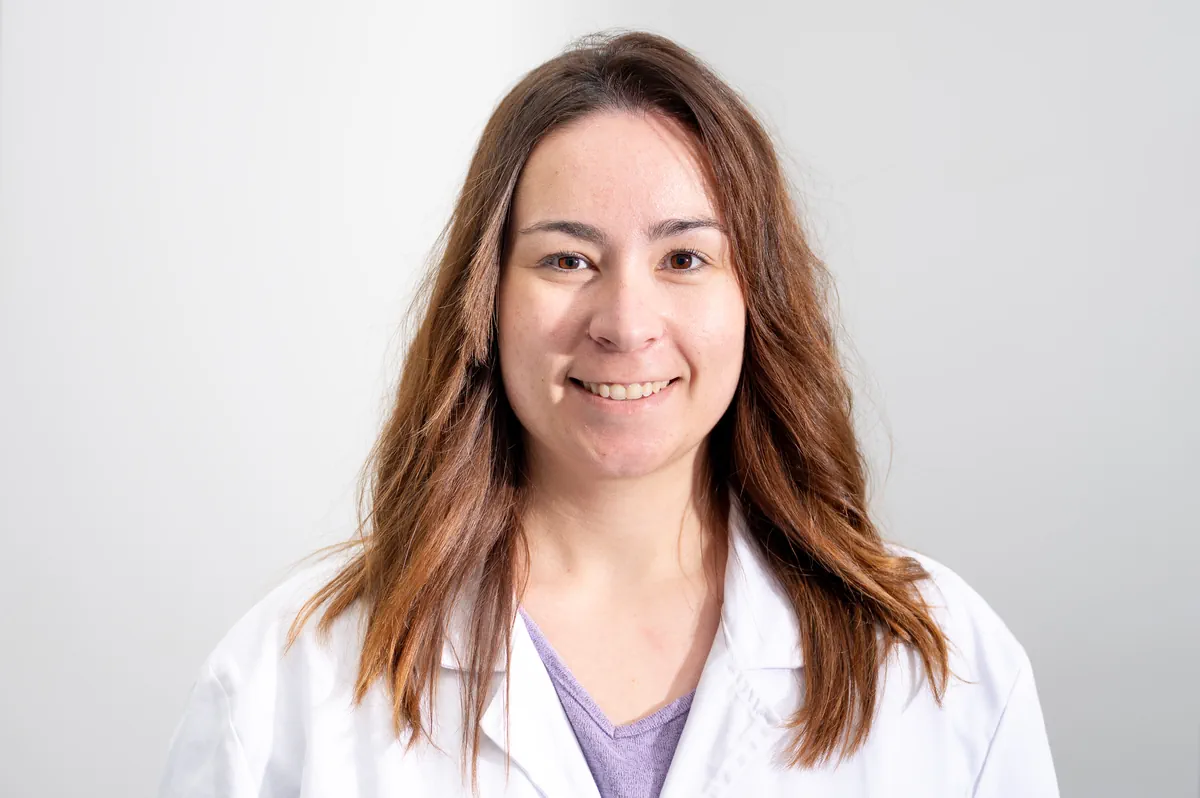About Ecopol Tech
Ecopol Tech was founded in 2005 with the purpose of transforming the polymer industry through innovation and sustainability. It was founded by Dr. Josep Rocas, who brings over 40 years of experience in pharmaceutical, chemical and polymer research. The company is dedicated to developing advanced solutions that address current technological and environmental challenges. Since its inception, Ecopol Tech has been committed to scientific excellence and the development of nano-structured and functional polymers, primarily water-based polyurethane dispersions, which create value for society.
Over the past two decades, Ecopol Tech has evolved from a research company into an internationally recognized leader. The company has patented innovative technologies in encapsulation and nanomaterials, expanded its facilities to scale up production, and established strategic collaborations with universities, research centres and clients across multiple sectors. Its commitment to sustainability is reflected in the development of solvent-free or water-based, bio-based, and biodegradable polymers, as well as in process optimization to minimize its environmental footprint.
With a global approach, Ecopol Tech has built a network of distributors in several countries, allowing it to expand its reach and deliver its innovative polymer and active ingredient encapsulation solutions to customers in Europe, EEUU, Asia and South Africa.
Today, Ecopol Tech continues to lead the sector with a strong focus on research and knowledge, innovation, quality, and environmental responsibility. With a highly specialized team and state-of-the-art infrastructure, the company offers customized solutions that drive growth and help clients overcome challenges. From the initial concept to final product delivery, Ecopol Tech positions itself as a strategic partner for those seeking advanced, efficient and sustainable materials.
Looking ahead, the company remains committed to investing in new technologies and exploring solutions that transform industries while making a positive impact on society and the environment.
Mission
Polymer on-demand to shape the future
We are committed to foster open & responsible innovation to push the boundaries of polymer science & chemistry and to deliver transformational solutions.
We envision a future where our advanced solutions transform and enrich our society and planet.
Vision
Advancing science to improve people life
We leverage our distinctive combination of expertise and know-how in polymer science and partner with our customers to create reliable solutions, from the product conception to launch.
Our solutions tackle customer problems and in turn, allow to improve people life, always respecting our planet.
Core Values
PARTNERSHIP
We unlock the path to shared goals and mutual success, through collaboration and long-term relationships with our customers, suppliers and stakeholders.
Trust, transparency, and openness are the cornerstones of every partnership we build.
RESPONSIBLE INNOVATION
Innovation drives our future, but we recognize the importance of doing it responsibly.
Our solutions are designed to create value and advance our industry, while considering their impact on society and the environment, always prioritizing ethical practices and sustainability.
RELIABILITY
Quality is at the heart of everything we do, from the products we deliver to the services we provide and relationships we build.
Our customers can trust that every aspect of our work is crafted with care, precision and a commitment to excellence.
Ecopol Tech in Figures
Certifications
Our commitment to excellence drives us into the future
